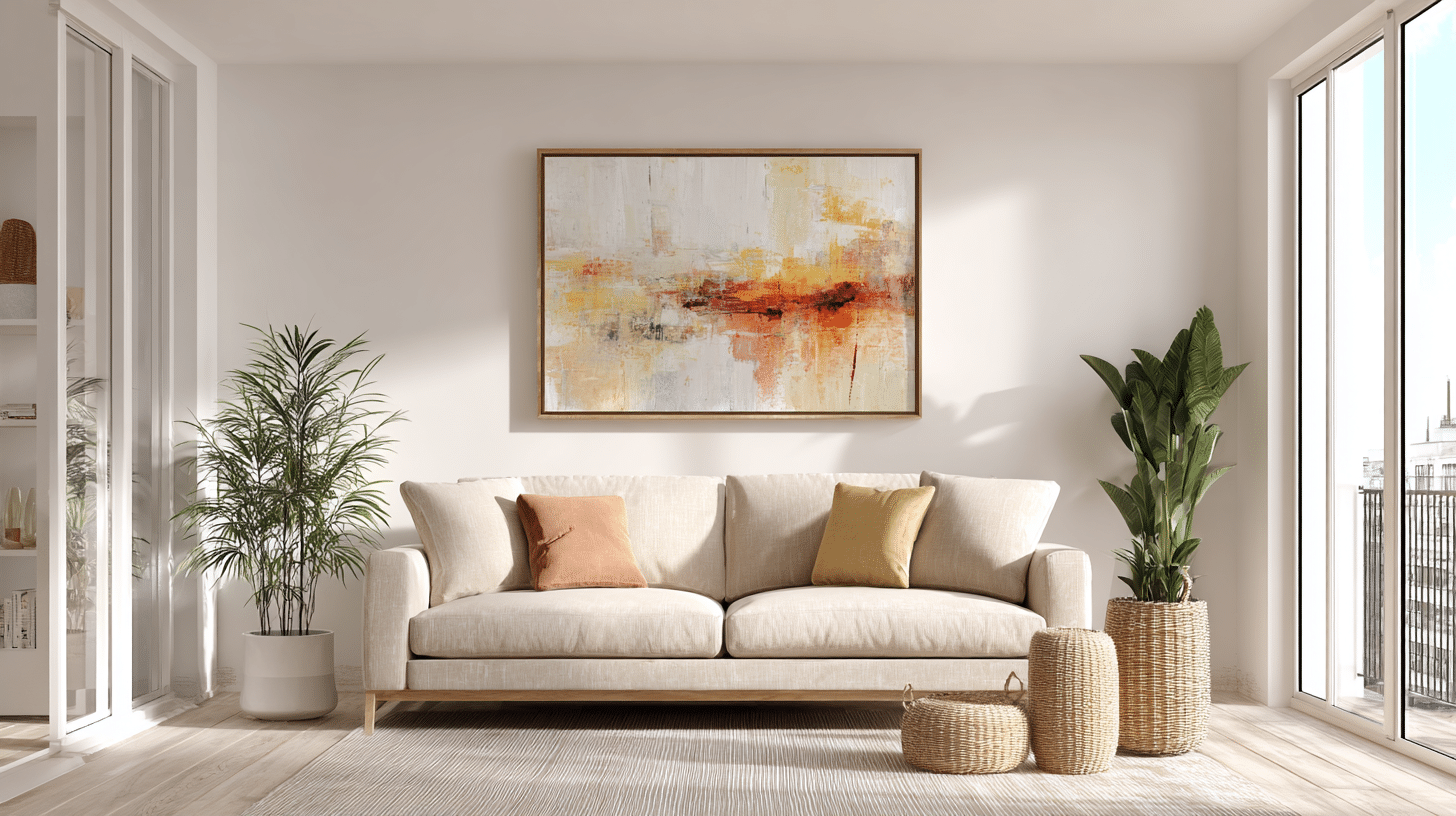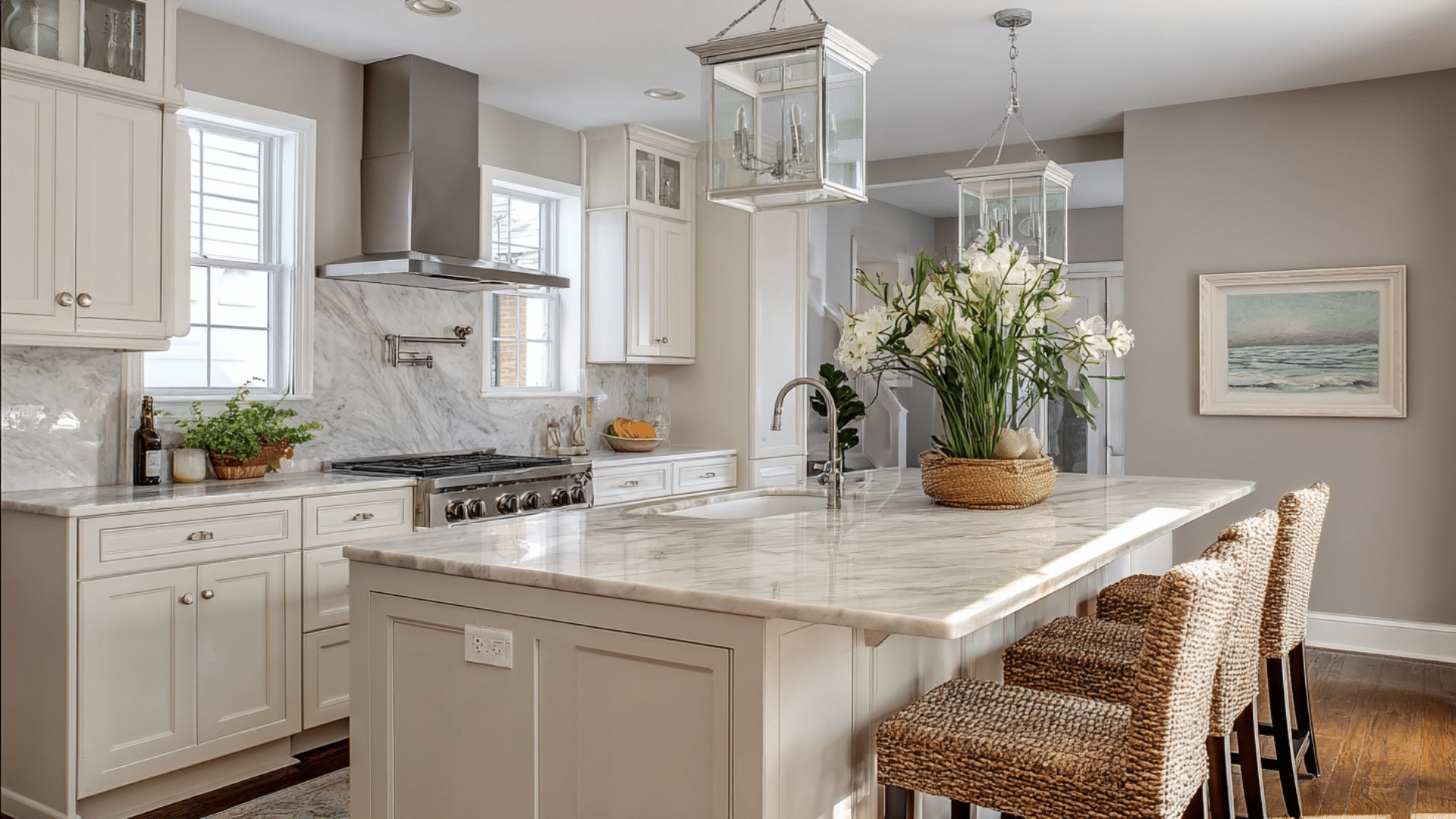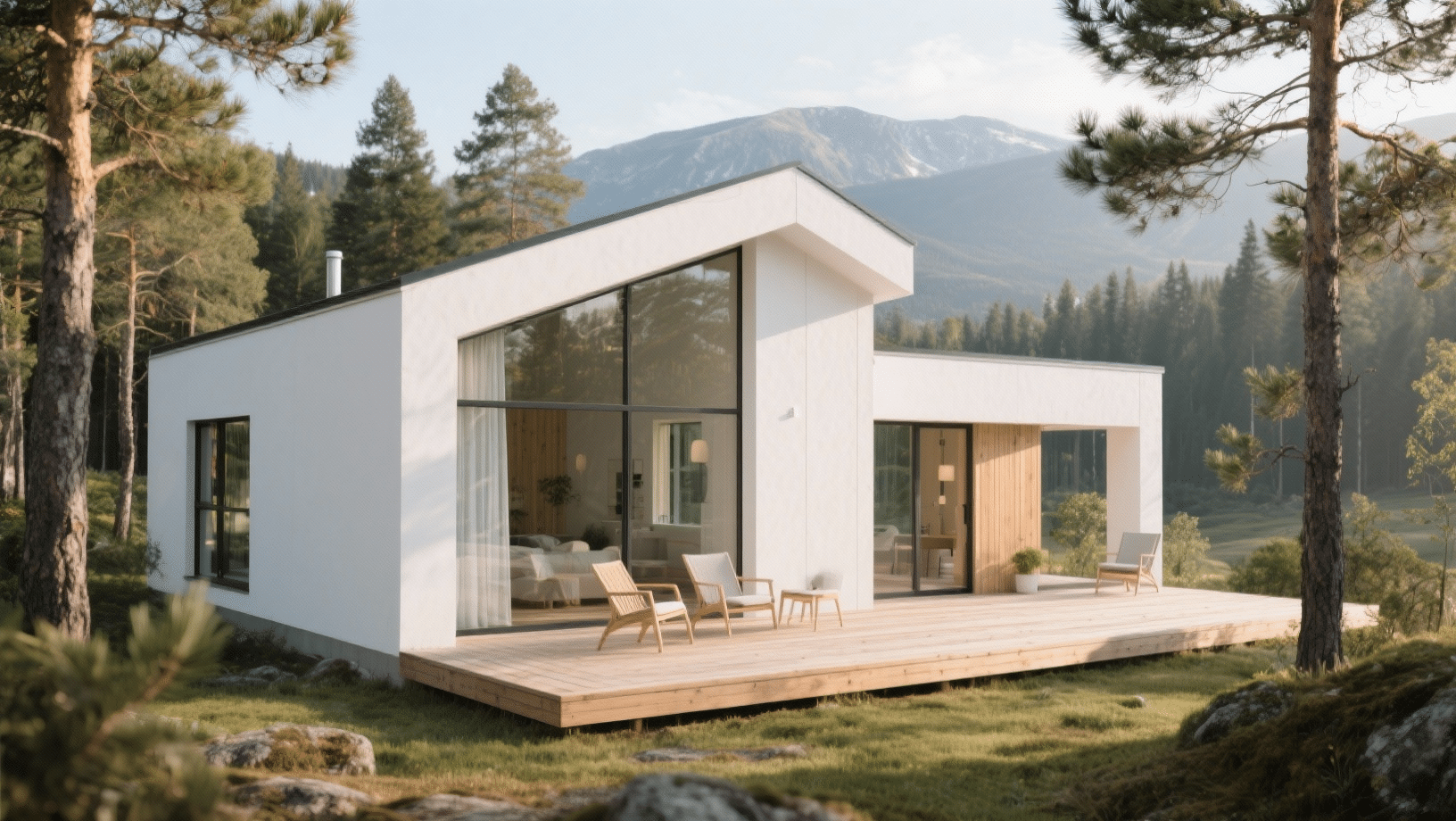Ever walked into a room and felt instantly drawn to one specific corner or piece? That magnetic pull isn’t accidental.
It’s the result of emphasis, a fundamental design principle that guides your eye exactly where the designer wants it to go.
When you know how emphasis works, you can turn any space from bland to charming.
In this blog, you’ll learn why emphasis in interior design matters, the different types of emphasis designers use, and simple, practical ideas to create impressive focus in your own home.
Why Emphasis in Interior Design Matters
Emphasis is the design trick that makes one element stand out from everything else in your room. When you walk into a well-designed space, your eyes are immediately drawn to the one focus point.
This might be a bold piece of artwork, a colorful accent wall, or an impressive light fixture.
The designer has used emphasis to create this visual hierarchy. You probably use emphasis without realizing it.
Emphasis prevents rooms from feeling flat or boring. It provides your eye with a point of interest to land on and creates a sense of intentional design rather than random furniture placement.
Different Types of Emphasis
Emphasis in interior design doesn’t always work the same way. Some kinds catch your eye right away, while others create a softer focus that you notice over time.
| Type of Emphasis | How It Works | Best For |
|---|---|---|
| Contrast | Puts opposites together, like dark and light or rough and smooth | Making bold, dramatic focus |
| Size | Makes one object much bigger than the rest | Highlighting important furniture |
| Position | Places an item where your eyes naturally go | Showing off art or decorations |
| Pattern | Uses strong designs against plain spaces | Adding interest to walls or floors |
| Light | Shines light on certain spots | Showing collections or artwork |
| Texture | Mixes smooth, rough, soft, or shiny surfaces | Adding depth and touchable appeal |
| Color | Adds a bright color in a neutral room | Giving personality without being too much |
Emphasis in Interior Design Ideas
These ideas can help you create a great focus in any room using things you already have at home.
1. Create a Gallery Wall Above Your Sofa
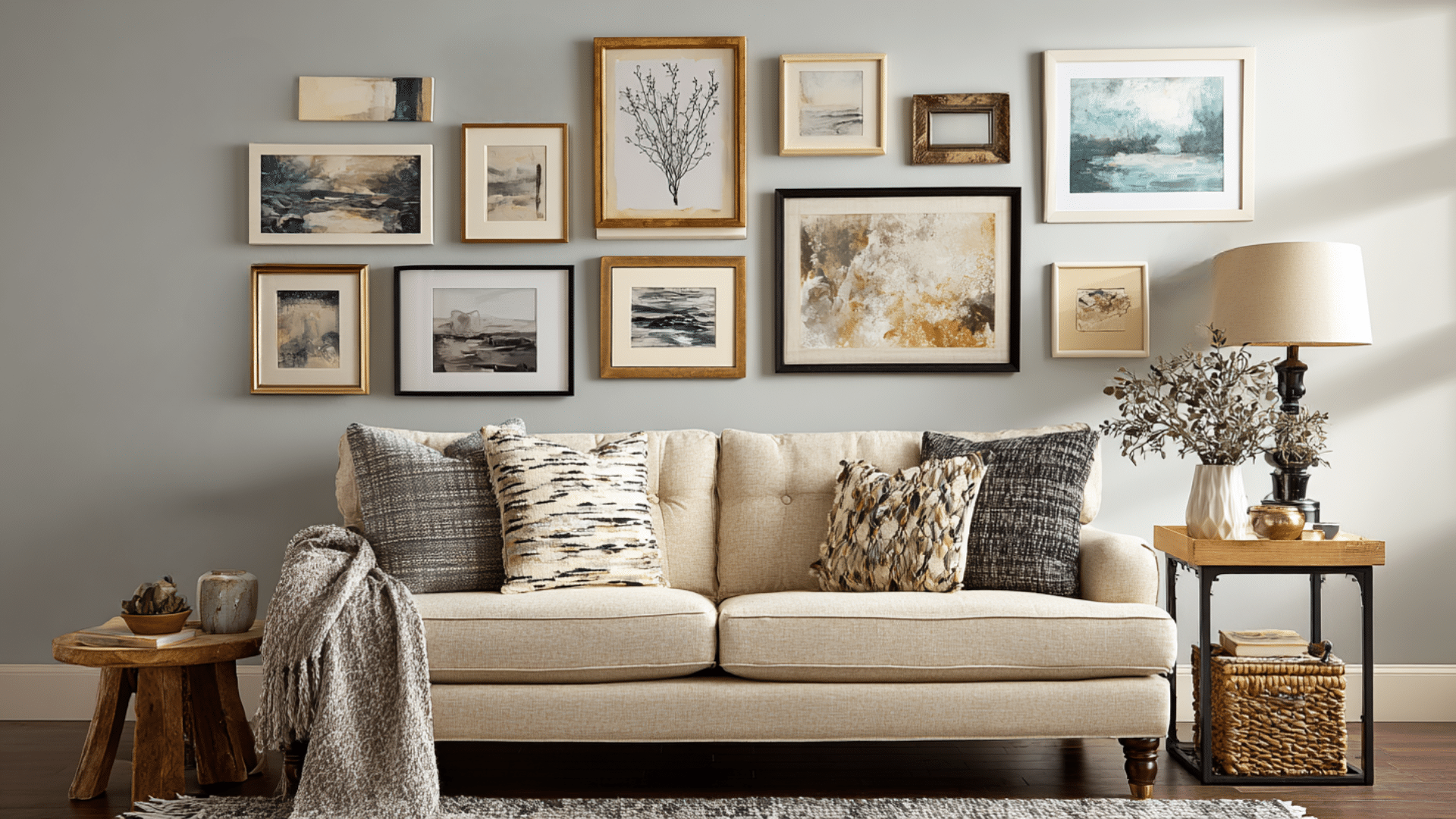
Select one wall behind your main seating area to display a curated art collection. Mix different frame sizes and artwork styles, but maintain a common element, such as color or theme.
This draws attention upward, making your living room feel more expensive and thoughtfully designed.
2. Use a Bold Accent Wall
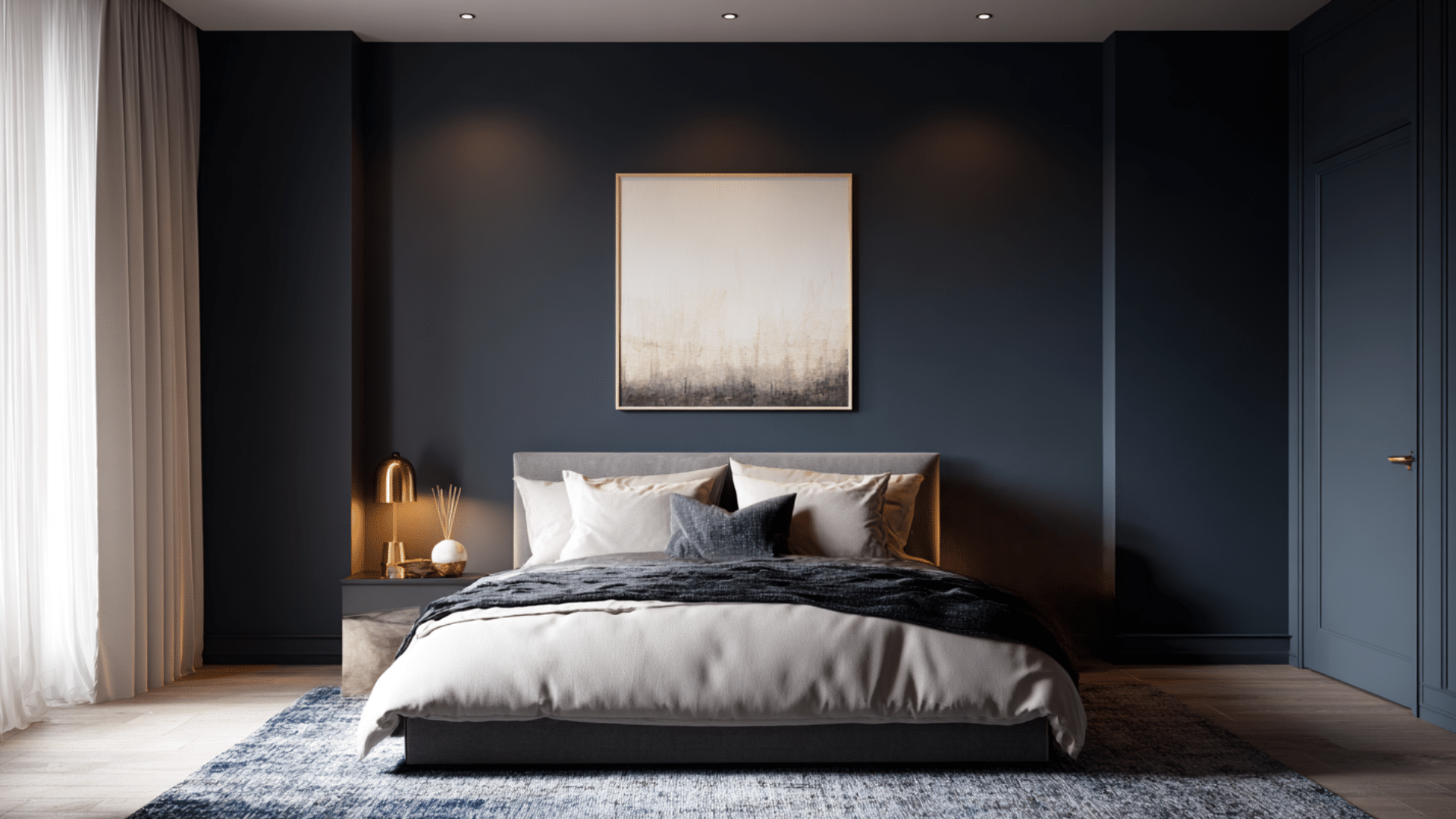
Paint one wall in a rich, dark color while keeping others neutral. Choose the wall you want people to notice first, usually behind a bed or sofa.
This technique costs less than fifty dollars but creates the same impact as expensive wallpaper or artwork.
3. Position a Statement Mirror Strategically
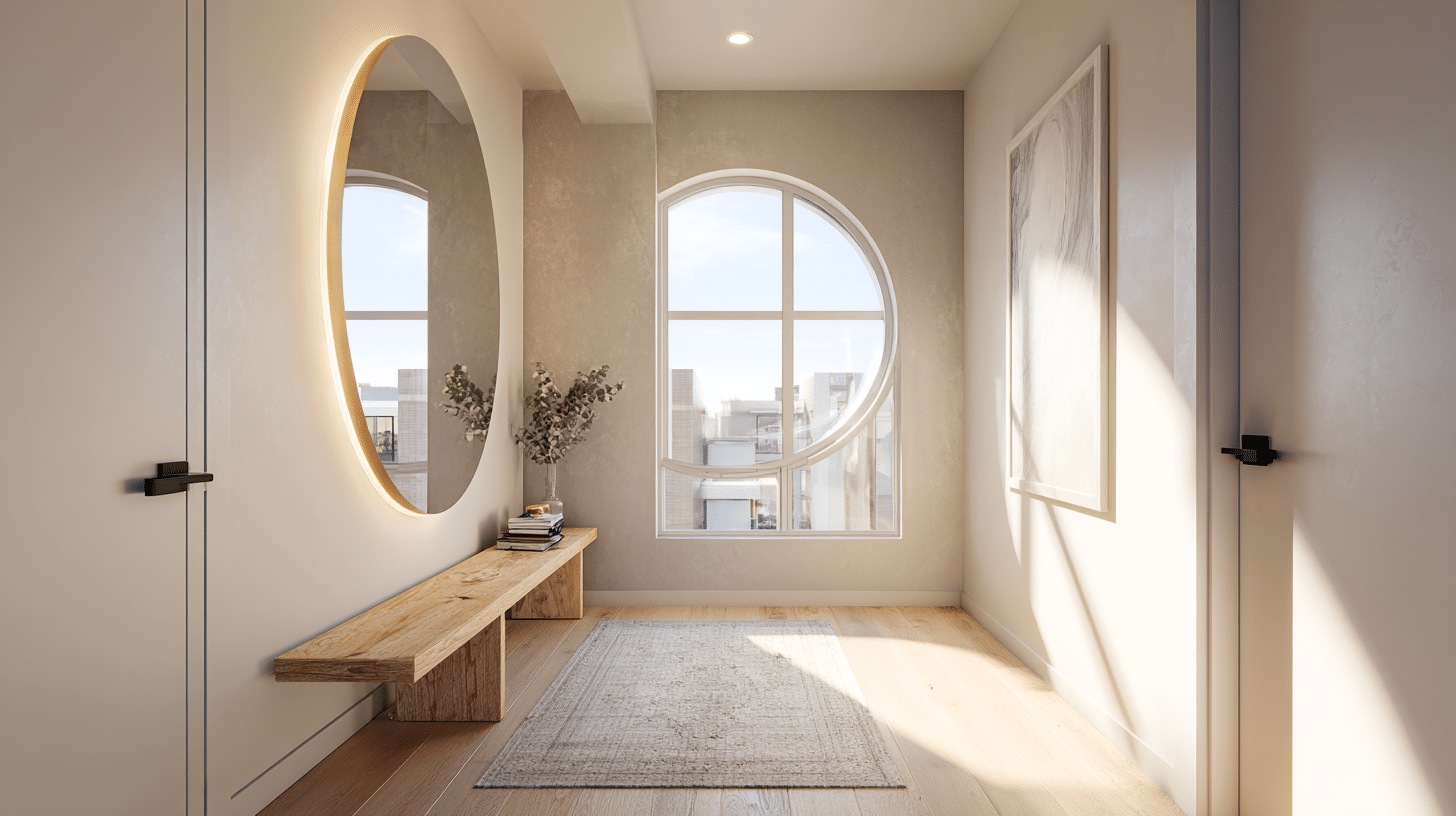
Hang an oversized mirror opposite a window or in a narrow hallway. The reflection doubles natural light and makes spaces feel larger.
Choose mirrors with interesting frames, such as sunburst, ornate, or geometric shapes, which work well. This creates emphasis while serving a practical purpose in your home.
4. Layer Different Textures on Furniture
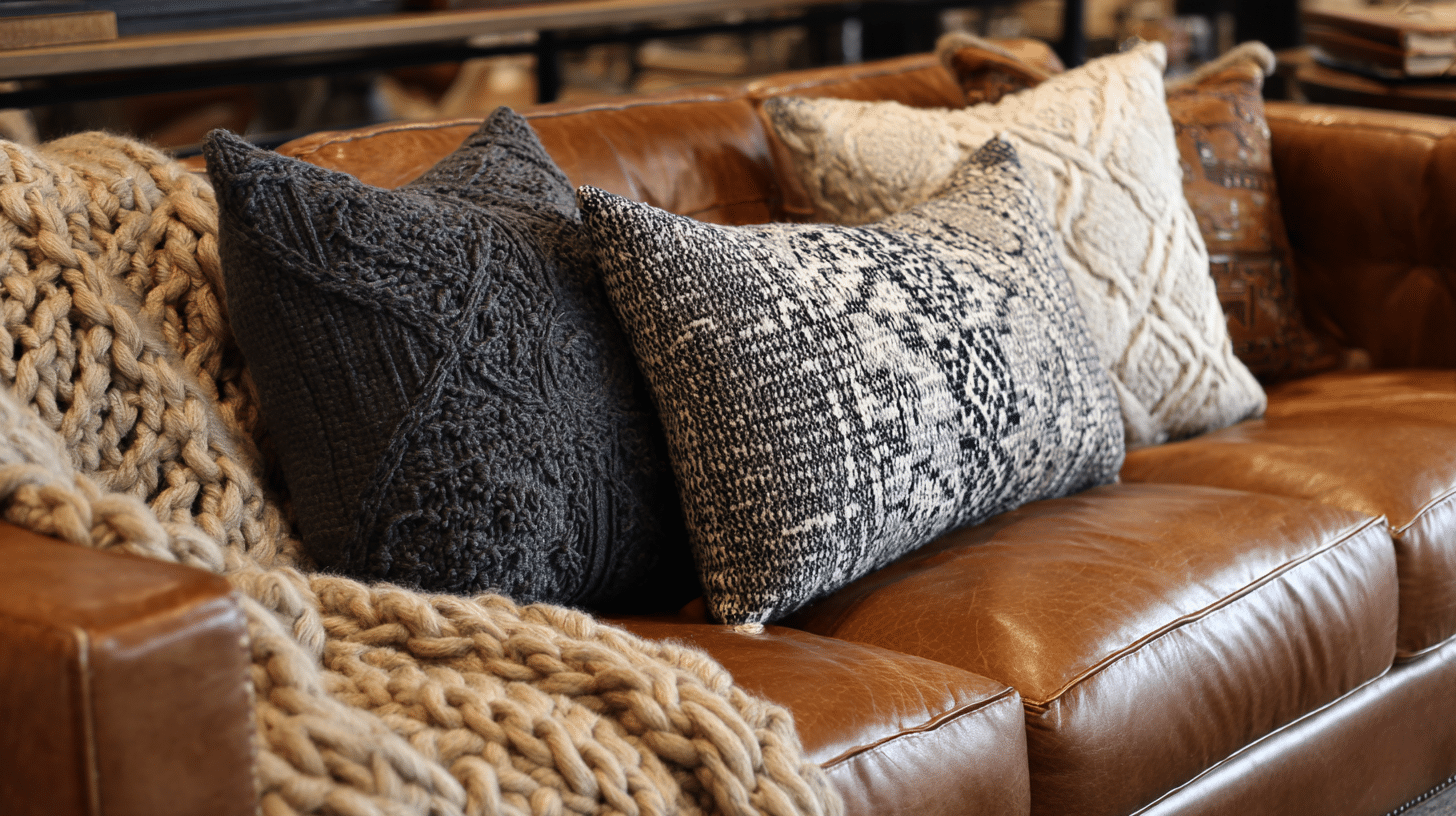
Mix smooth leather with chunky knit throws, or pair sleek metal with rough wood surfaces. The contrast between textures naturally draws attention to your furniture pieces.
This works especially well on coffee tables, sofas, and beds, where you can easily swap materials seasonally.
5. Install Dramatic Lighting Fixtures
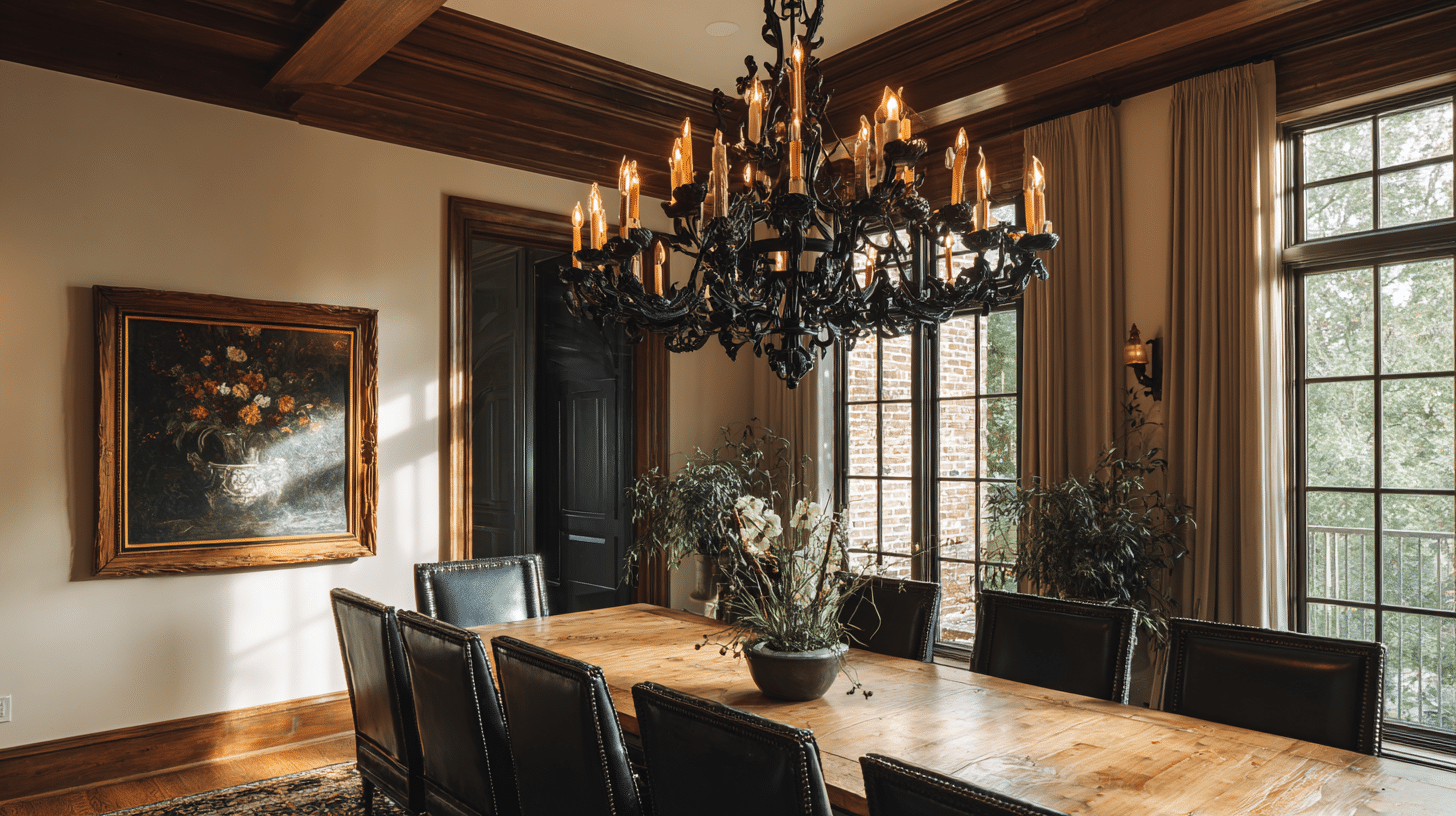
Replace basic ceiling lights with chandeliers, pendant lights, or unique table lamps. The fixture becomes an instant artwork while providing necessary illumination.
Choose lights that match your room’s scale. Small spaces need proportionally smaller fixtures to avoid overwhelming the area.
6. Design a Colorful Bookshelf Display
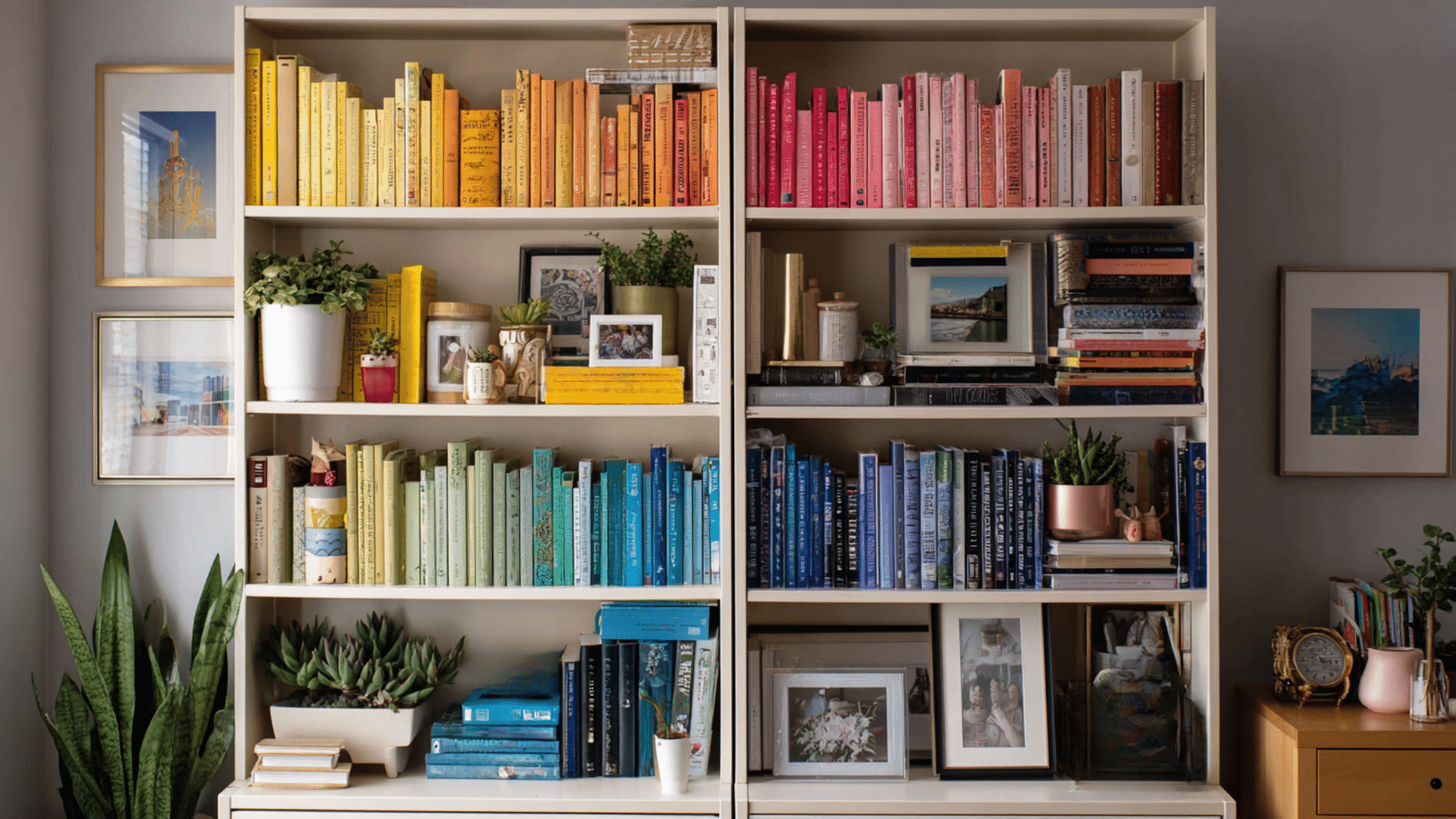
Arrange books by color or mix them with decorative objects in coordinating hues. Add small plants, picture frames, or interesting sculptures between book stacks.
This turns functional storage into an eye-catching focus that reflects your personality and interests.
7. Create Contrast with Window Treatments
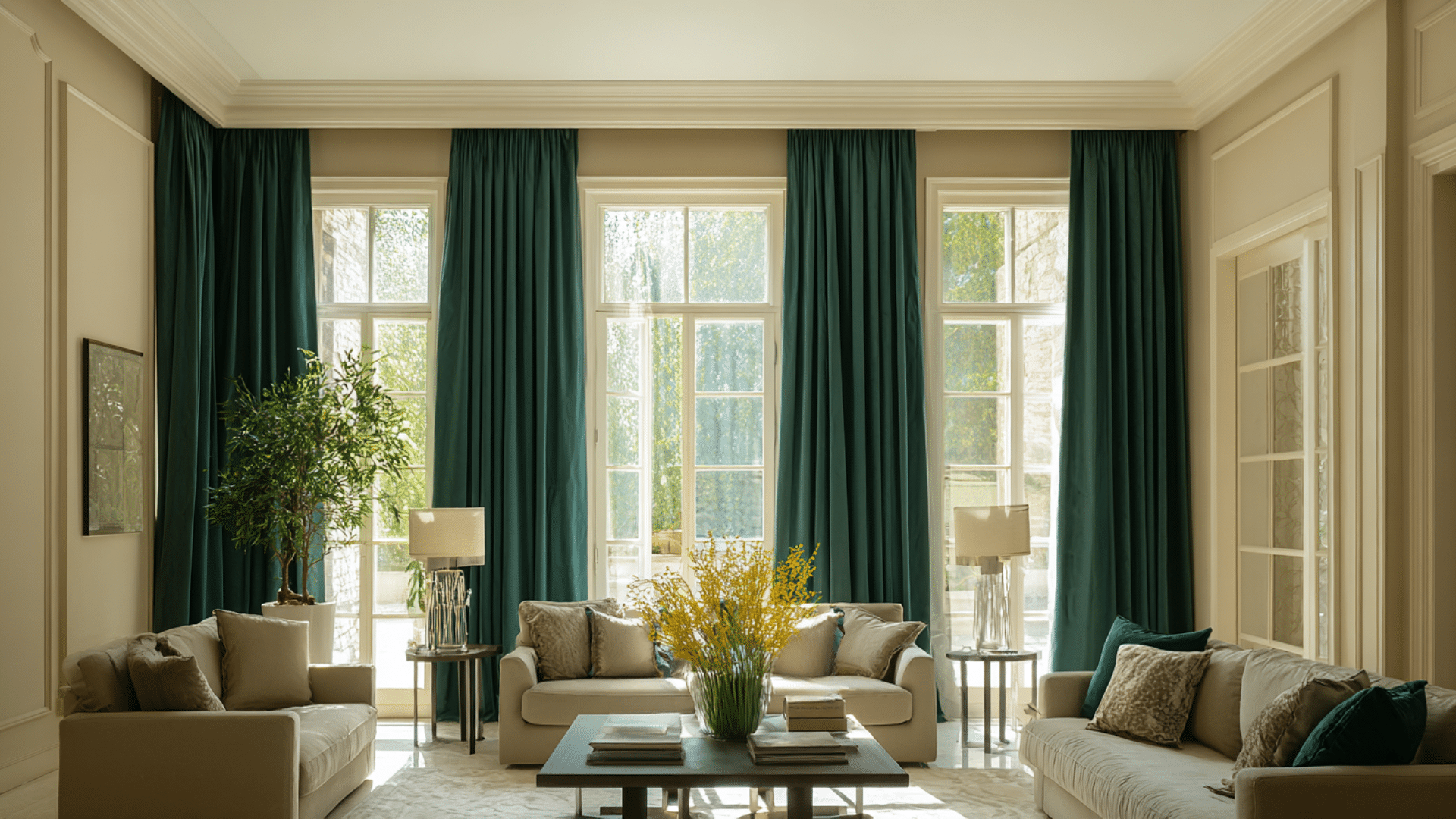
Use curtains or blinds that contrast sharply with wall colors. Dark curtains on light walls or bright patterns against neutral backgrounds instantly draw attention to windows.
This emphasis technique also makes rooms feel taller when you hang curtains close to the ceiling.
8. Highlight Architectural Features
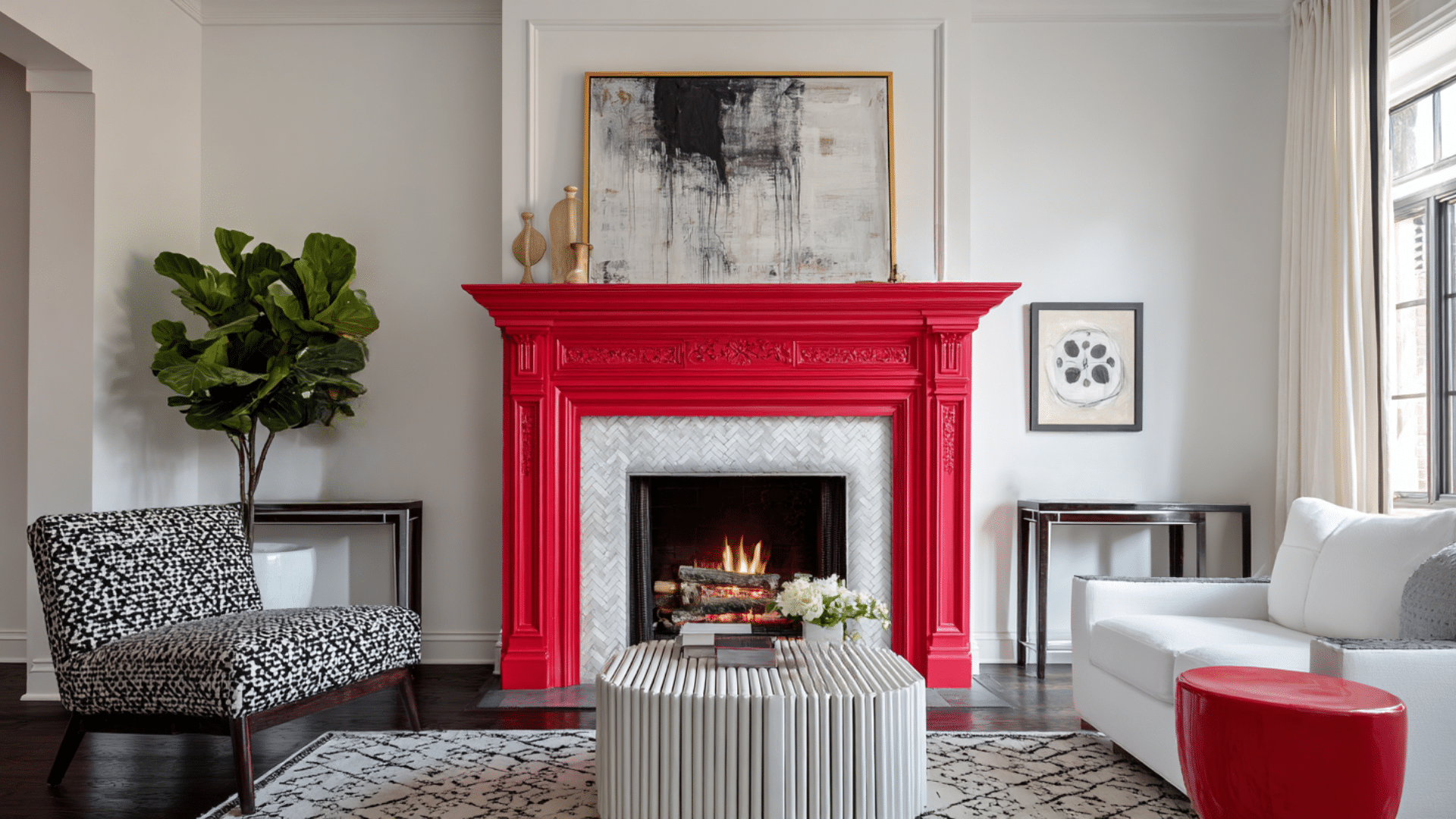
Paint built-in bookcases, fireplace mantels, or exposed beams in colors that stand out from the walls. This highlights your home’s unique character rather than hiding it.
Even rental properties often have interesting details that you can highlight with temporary solutions, such as peel-and-stick wallpaper.
9. Use Oversized Art Pieces
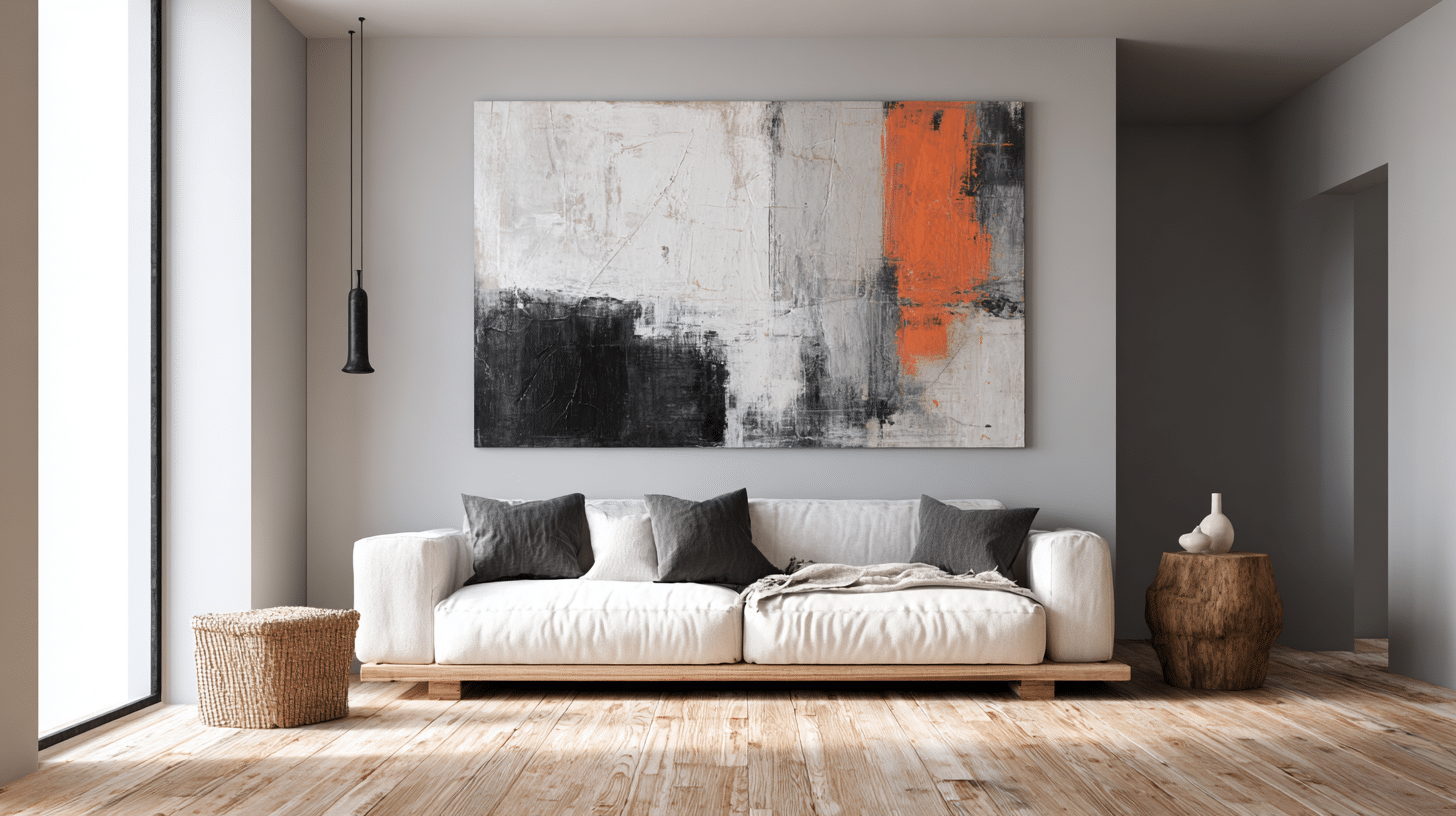
Choose one large artwork instead of several small pieces for maximum impact. The scale creates instant emphasis, making rooms feel calmer.
If original art isn’t in your budget, try large photography prints or even fabric stretched over canvas frames.
10. Add a Pop of Color with Furniture
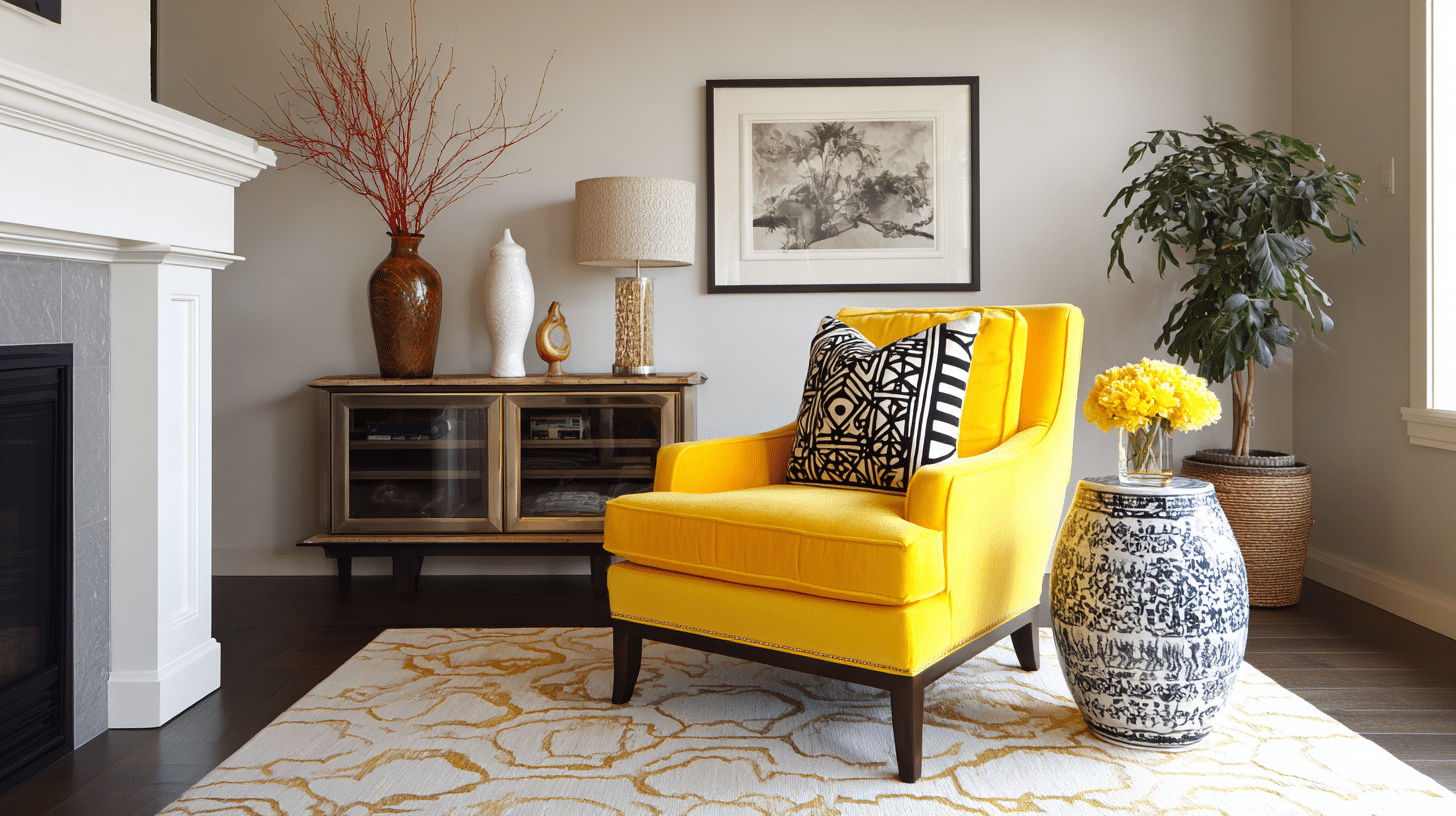
Introduce one piece of furniture in a bold color while keeping the rest of the space neutral. A bright blue chair, a coral ottoman, or a yellow side table becomes the room’s focus point.
This technique lets you experiment with trends without committing to major changes.
11. Create Height Variation with Decor
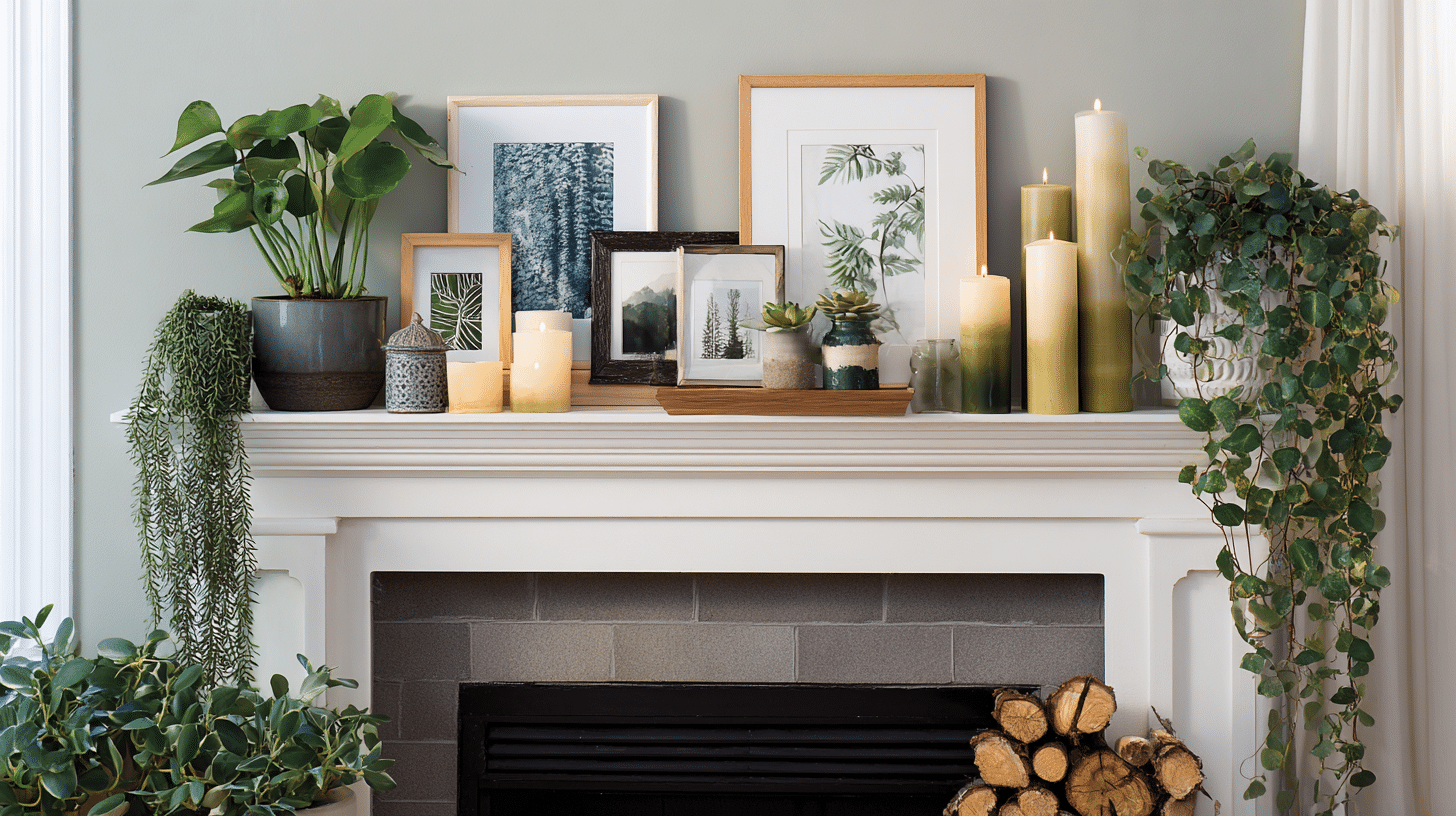
Arrange objects at different heights using books, plant stands, or wall-mounted shelves. Your eye naturally follows vertical lines, creating visual interest and emphasis.
This works particularly well on side tables, mantels, and kitchen counters, where you display everyday items.
These ideas prove that emphasis in interior design doesn’t require big budgets or major renovations. Begin with one idea that appeals to you and build upon it from there.
Practical Tips to Create Emphasis in the Interior
Creating emphasis means highlighting what matters most and guiding the eye where you want it to go. Here’s how to do it without overwhelming your room.
Use Contrasting Colors
Place bold accent colors against neutral backgrounds. A deep navy accent wall in a white room or bright pillows on a beige sofa instantly draws attention where you want it.
Play with Scale
One oversized piece among smaller elements creates natural emphasis. Think large artwork above a sofa or an extra-wide headboard. The size difference makes your focus impossible to ignore.
Strategic Lighting
Direct light toward what you want to emphasize. Table lamps highlight reading areas, and pendant lights draw focus to dining tables. Your eye naturally follows the light.
Create Visual Weight
Heavy, dark objects feel more important than light ones. A substantial wooden coffee table anchors a seating area better than delicate glass pieces.
Smart Positioning
Place important pieces where eyes naturally land first, such as across from the entrance or centered on walls. The human eye automatically seeks focus.
Texture Contrast
Mix smooth and rough textures or add one patterned piece among solids. A textured throw on smooth leather or a geometric rug among solid fabrics creates emphasis through contrast.
Use Odd Numbers
Group objects in threes or fives, odd groupings feel more natural and create stronger focus than even numbers.
The key is restraint. Pick one or two elements to emphasize per room, or everything competes for attention.
Final Thoughts
Emphasis in interior design turns ordinary rooms into spaces that feel intentional and professionally designed.
Begin with one technique that resonates with you. Maybe it’s adding a bold accent wall or rearranging your bookshelf by color. Notice how that single change affects the entire room’s feeling.
The contrast between textures, strategic lighting placement, and thoughtful color combinations costs nothing but makes everything look more expensive.
What are you trying first?

